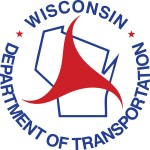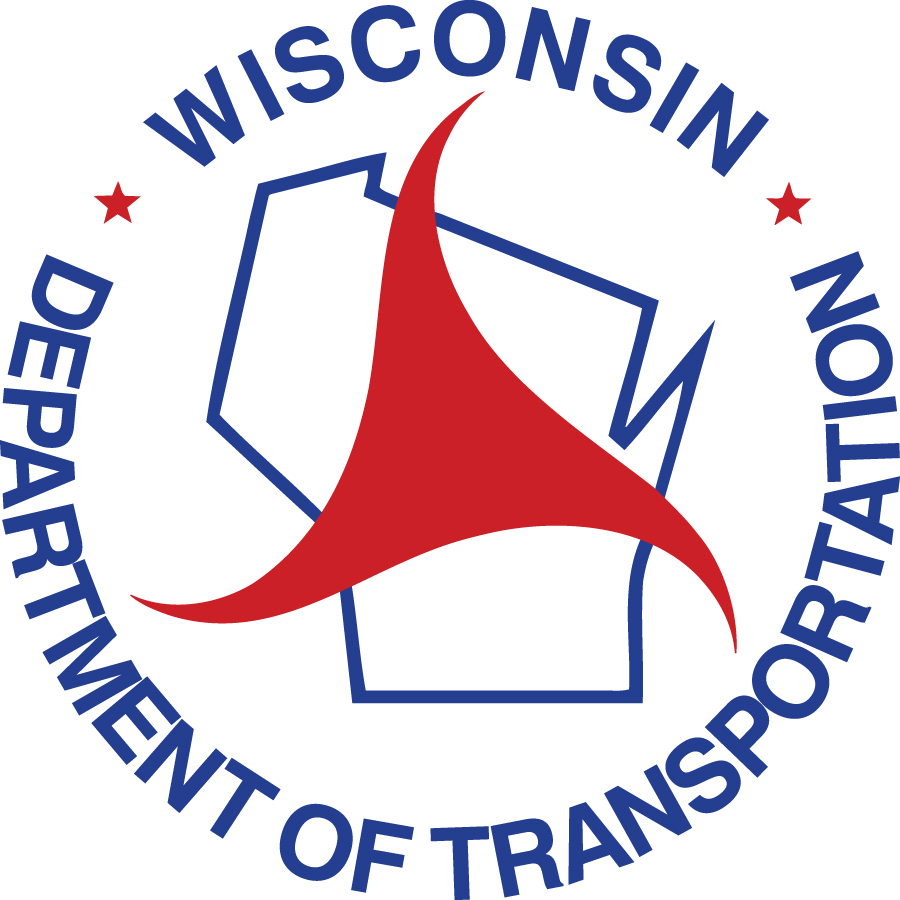State traffic deaths increased by nearly 13 percent in 2015
Wisconsin ended 2015 with 556 traffic fatalities.
Wisconsin ended 2015 with 556 traffic fatalities, which was 62 more than 2014 and six more than the five-year average, according to preliminary statistics from the Wisconsin Department of Transportation (WisDOT). Wisconsin is one of approximately 35 states that experienced an increase in fatalities in 2015.
“Traffic deaths in 2015 increased by about 13 percent compared with 2014. However, it is important to note that the 494 traffic deaths in 2014 were the lowest annual total in 71 years,” said WisDOT Secretary Mark Gottlieb. “In recent years, we’ve had success in reducing traffic fatalities, and our ultimate goal is still zero preventable traffic deaths in Wisconsin. We will continue to analyze crash data so we can take effective actions in traffic safety education, enforcement and engineering to prevent fatal and serious injury crashes.”
David Pabst, director of the WisDOT Bureau of Transportation Safety, said that warm spring weather, substantial drops in gas prices and an improving economy in 2015 likely contributed to an increase in the number of vehicles on the road and the miles they traveled. An increase in vehicle miles traveled (VMT) can also increase the risks for crashes.
“The 2015 VMT will not be available for several more months. However, VMT went up in 2014, and there are indications that it may have increased again in 2015,” Pabst said. “We also don’t have enough data yet to tell if increasing the speed limit to 70 mph on some interstate highways and freeways had any effect on the number and severity of crashes. We do know that interstates and freeways continue to be much safer than other highways.”
According to Pabst, some months in 2015 were among the safest since the end of World War II in terms of traffic deaths, but a few deadly months contributed greatly to the increase.
“Somewhat surprisingly, we had fewer fatalities in June, July and August of 2015 than we had in the same months in 2014. The summer months typically have higher traffic fatalities,” he said. “Although the summer months were relatively safe, we had dramatic spikes in fatalities in April and September. The 50 fatalities in April were double the number in April 2014, and the 68 fatalities in September were 21 more than September 2014. Those two months accounted for about 74 percent of the overall increase in fatalities in 2015 compared with 2014. April was warm and dry in many areas of the state, and September was one of the warmest on record. When the weather is nice, there are more vehicles, motorcycles, bicyclists and pedestrians on the road. Drivers also tend to increase their speeds, which make crashes more violent.”
Deaths from traffic crashes were up in most categories in 2015 with significant increases in pedestrian and bike fatalities (see chart below). To prevent deaths and injuries in the upcoming year, WisDOT along with its traffic safety partners will intensify many safety initiatives including the following:
- To combat drunken driving, 23 impaired driving task forces have been created throughout the state. The task forces enable multiple law enforcement agencies to coordinate and combine their resources for high-visibility enforcement efforts. Federal funding administered by WisDOT covers the overtime wages for task force officers. Enforcement and education efforts to prevent drunken driving have helped reduce deaths from alcohol-related crashes by approximately 51 percent and injuries by 55 percent over the last 10 years in Wisconsin.
- In addition, eight law enforcement task forces have been created to prevent distracted driving, and four task forces have been formed to improve pedestrian safety. Traffic safety education and awareness campaigns will continue to remind drivers and pedestrians to eliminate distractions and pay attention to traffic conditions around them.
- High-visibility enforcement and education efforts, like the Click It or Ticket campaign, have increased safety belt use to approximately 86 percent, which is an all-time high in Wisconsin. Nevertheless, Wisconsin’s safety belt use rate still lags behind neighboring states all of which have safety belt use rates of more than 90 percent.
- To prevent speed-related crashes on major highways, the State Patrol Air Support Unit flew 68 traffic enforcement missions last year. Approximately 1,400 speeding citations were issued during aerial enforcement missions. WisDOT used Twitter to advise drivers of the time and locations of many of the aerial enforcement missions to increase voluntary compliance with speed limits and other traffic laws.
- WisDOT will continue its efforts to increase the number of motorcyclists who are properly licensed and trained. About 35 percent of motorcyclists’ fatalities from 2003 to 2013 involved riders who had not completed the safety training or skills test required to obtain a motorcycle license in Wisconsin.
- WisDOT also will continue its cost-effective traffic safety engineering improvements, such as rumble strips to prevent run-off the road and cross-median crashes.
“We will focus our traffic safety education and enforcement efforts on improving the behavior and decision-making of drivers and others who travel on streets, local roads and highways,” Pabst said. “In addition, engineering advancements will continue to make the vehicles we drive and the roads we drive on much safer for all users.”
In assessing the increase in traffic fatalities, Secretary Gottlieb said, “Traffic fatalities are more than just numbers and statistics. Each number was a person whose tragic death was mourned by family and friends. And we know that the majority of traffic deaths could have been prevented if motorists had only slowed down, paid attention, driven sober and buckled up. We all must do everything we can to reach the ultimate goal of zero preventable traffic deaths in Wisconsin.”
2015 Wisconsin traffic fatalities summary by role*
| Roles | 2014 | 2015 | Approximate % increase or decrease |
| Drivers | 275 | 306 | +11 |
| Passengers | 98 | 91 | -7 |
| Motorcycle operators | 65 | 77 | +18 |
| Motorcycle passengers | 7 | 4 | -43 |
| Pedestrians | 45 | 55 | +22 |
| Bicyclists | 4 | 15 | +275 |
| Unknown role | | 8 | — |
* PRELIMINARY NUMBER: The statistics for 2015 will not be final until spring 2016 to account for delays in reporting, revisions in the cause of death, and deaths resulting from injuries suffered in crashes in late 2015.
Traffic fatalities by county—visit the WisDOT website (http://wisconsindot.gov/Pages/about-wisdot/newsroom/statistics/countyfatality.aspx).
Wisconsin traffic fatalities & fatal crashes since 1990
| Year | Fatalities | Fatal Crashes |
| 1990 | 763 | 672 |
| 1991 | 795 | 675 |
| 1992 | 645 | 579 |
| 1993 | 703 | 616 |
| 1994 | 706 | 616 |
| 1995 | 739 | 656 |
| 1996 | 759 | 656 |
| 1997 | 721 | 631 |
| 1998 | 709 | 628 |
| 1999 | 744 | 674 |
| 2000 | 801 | 718 |
| 2001 | 764 | 684 |
| 2002 | 805 | 723 |
| 2003 | 836 | 748 |
| 2004 | 784 | 714 |
| 2005 | 801 | 700 |
| 2006 | 712 | 659 |
| 2007 | 737 | 655 |
| 2008 | 587 | 542 |
| 2009 | 542 | 488 |
| 2010 | 562 | 517 |
| 2011 | 565 | 515 |
| 2012 | 601 | 535 |
| 2013 | 527 | 491 |
| 2014 | 494 | 447 |
| 2015* | 556 | 516 |
*Preliminary numbers
NOTE: This press release was submitted to Urban Milwaukee and was not written by an Urban Milwaukee writer. While it is believed to be reliable, Urban Milwaukee does not guarantee its accuracy or completeness.






















